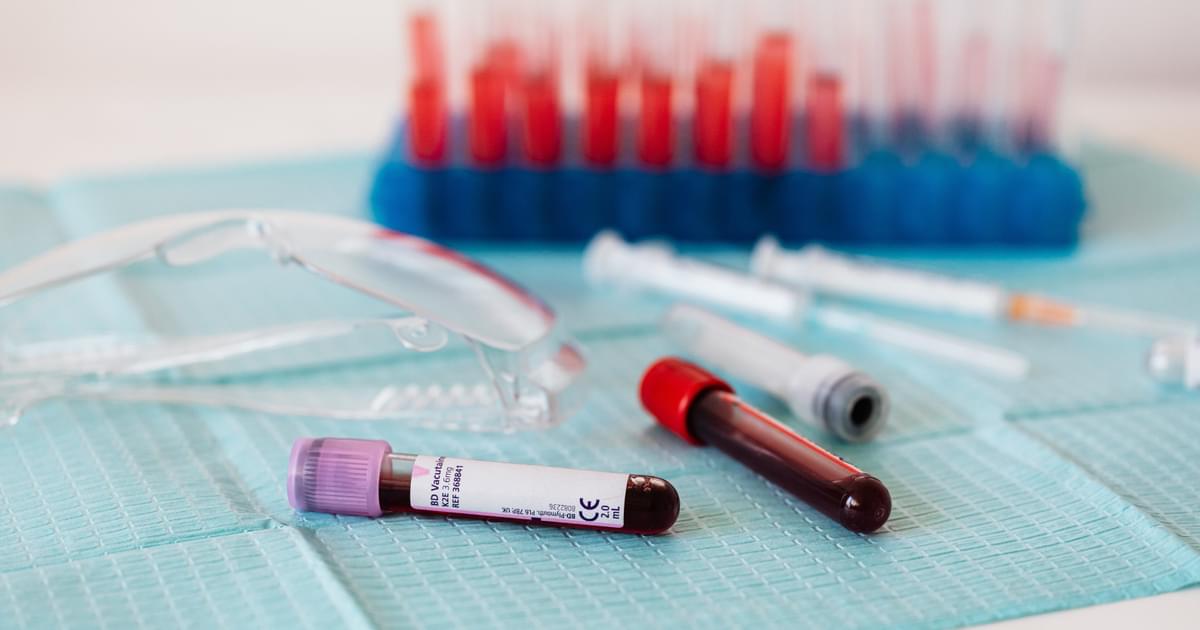
Pre-race jitters are never fully eliminated, whether it’s your first or tenth marathon. The thrill of anticipation and a tiny bit of dread are significant factors in why we compete in races. As long as we don’t allow them to overwhelm us, all of these things can motivate us to run at our peak. The day before the race, getting ready can help you reduce a lot of unneeded tension and set yourself up for victory.
The following information will help you prepare for and complete a half marathon. Use these suggestions to make yourself appear experienced and to have a wonderful training and racing experience.
You Are Not Required to Run 13.1 Miles to Prepare
If you’ve never run before, you might think that in order to be prepared for the half marathon, you must train for the full race distance. However, this isn’t always the case.
You can run long distances of at least 13 miles to get in shape for the event, but you don’t have to. You must be able to run or walk a half marathon in safety and comfort if you can cover a distance of 10 miles.
Consider a Conversational Pace
Your lengthy runs when preparing for a half-marathon should be done at a relaxed or “conversational” pace. This means that when you’re running, you must be able to breathe easily and talk to someone. Regarding your pace per mile, don’t worry. If you are able to pass the “talk test,” you are moving at the proper pace. Overtraining and injuries caused by overuse can be avoided with the aid of these long and easy runs.
Long Training Runs Could Get Tedious
Weekly long runs are necessary for half-marathon training. You might discover that you get bored as the distance increases. This comes naturally as part of the process of running.
Engaging in group running reduces boredom during long runs. To change things up, you might also want to attempt some new long-distance running routes. You’ll probably also pick up some of your mental gimmicks in the long run. Don’t rely on music, though, as you might not be able to use earbuds or headphones while running.
Chafing Occurs
Chafing happens when your skin brushes against the fabric for extended periods of time when travelling many miles. A tender, red mark that is painful and sensitive to touch is the ultimate consequence. Chafing most frequently affects the inner thighs, beneath the arms, and bra line for women and the nipples for men.
It is possible that your skin will chafe on your body when you are preparing for and running the Manchester half marathon. Wear running clothing made of synthetic materials that drain moisture away to reduce or prevent chafing.
Avoid wearing cotton since it retains moisture after getting wet. Additionally, cotton is a scratchy substance that might irritate your skin if it comes into regular contact with it. Spread a thin layer of Vaseline or another chafing lotion over troublesome areas if changing your clothing doesn’t help.
Everyday Running Is Not Necessary
Logging kilometres is undoubtedly a crucial component of half-marathon preparation, but going overboard can result in injuries and general weariness. For anyone preparing for a half-marathon, rest is essential. Take at least one full day of rest per week.
With cross training, you can improve your fitness and lower your risk of injury. Any exercise that supports your running is referred to as cross training. Strength training will assist in preventing injury and will improve the performance of your muscles during lengthy runs, particularly workouts that target your lower body and core.
Cycling, swimming, elliptical training, yoga, water running, and Pilates are additional great cross-training exercises for runners.
Healthy Diet Is Important
During your Manchester half marathon training, you will undoubtedly burn a lot of calories, but this does not give you free rein to eat and drink anything you choose. Some half-marathoners discover this the hard way when, after several months of training, they suddenly gain weight.
Determine how many calories your body requires for training and concentrate on eating a healthy, balanced diet to prevent undesirable weight gain while exercising. Try recording your activities, meals, and drinks in a notebook if you’re aiming to lose weight.
You’ll have a better idea of how many calories you’re actually consuming and burning. Additionally, keeping track of everything will encourage you to avoid consuming empty calories.
Injury Is Possible
A running injury is possible because you’ll be covering a lot of ground during your half-marathon preparation. Even though you shouldn’t plan on getting hurt, it’s crucial to pay attention to your body’s warning signs that things might not be right. To avoid losing too much training time, it is much preferable to stop jogging and treat an injury as soon as possible.
Running enthusiasts who believe they won’t get hurt frequently disregard injury warning signs, push through discomfort, and end up making their injuries worse.




More Stories
Penn State Trademark Case Produces Potential Problems For Sports Teams And Merchandisers
How to Make Your Social Media Posts Snap!
Claim $1,000 No Sweat Bet this week